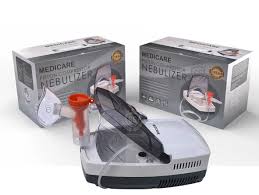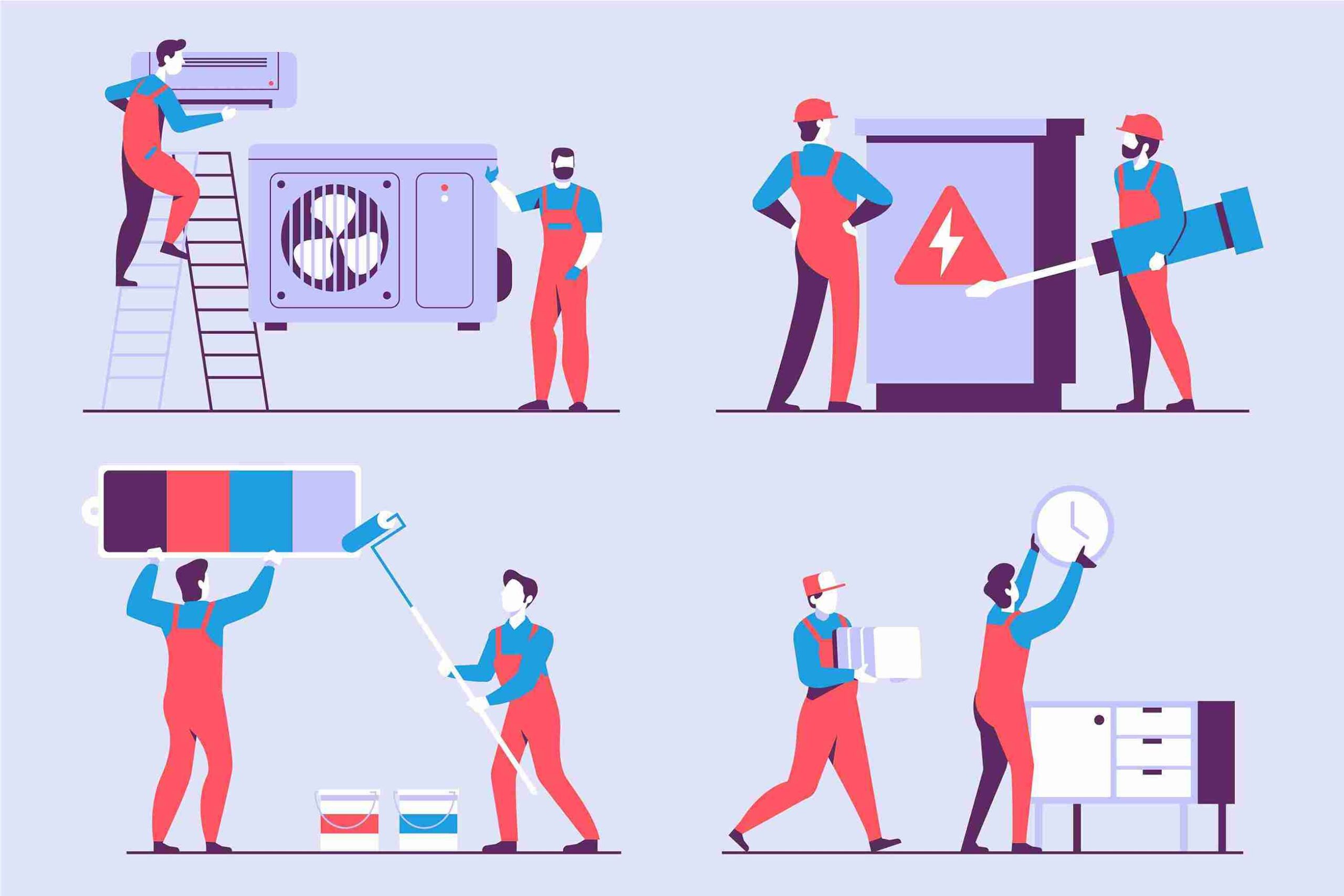Choosing the right advance marine gearbox is one of the most important parts of setting up your boat. It connects your engine to the propeller and controls how the boat moves. A good gearbox lets you go forward, reverse, and change speed with ease. It also helps protect your engine and saves fuel. But not all gearboxes are the same.
Some are better made, easier to use, and last longer. If you pick the wrong one, you could face problems on the water. That’s why it helps to know what to look for before you buy.
In this guide, we’ll break down the top features you need in a marine gearbox. These points will help you make the best choice for your boat.
1. Smooth Gear Changes
Smooth gear changes are vital when running a boat. A good advanced marine gearbox allows you to shift between forward, neutral, and reverse without noise or shaking. This is very helpful when docking or steering through tight spaces.
You stay in control, and your boat moves as expected. Rough or delayed shifts can cause stress on the engine or make handling harder. A gearbox that gives clean, smooth transitions keeps the engine safe and improves overall use.
Smooth operation also reduces wear on the propeller and related parts. Always check how well a gearbox shifts before you choose one. A good one will feel strong, steady, and reliable under normal use.
2. Strong Gear Ratios
The gear ratio controls how much torque reaches the propeller. It affects how the boat moves at low or high speeds. A well-matched gear ratio allows the engine to work without strain. This helps reduce fuel use and gives better control in the water.
The right ratio depends on your engine and boat size. Large boats often need more torque for power. Smaller boats may benefit from faster speed instead. A good advance marine gearbox should give you gear ratio options that suit your setup.
Make sure the gearbox works well with your propeller. This will help your boat run more smoothly, improve performance, and avoid early damage to the engine or gearbox.
3. Tough Build Quality
The sea is not a kind place for gear. Salt, heat, and water can damage weak parts. That’s why a tough build is so important. A strong advance marine gearbox should be made from corrosion-resistant metal, such as marine-grade aluminium or stainless steel.
These materials handle rust and wear better than basic steel. The gears, shafts, and seals inside should also be strong and long-lasting. A well-built gearbox can handle high pressure and rough weather. It also needs fewer repairs over time.
Always check the housing and moving parts for signs of solid build quality. A strong gearbox keeps working when things get rough and helps protect your engine and drive system.
4. Compact Design That Saves Space
Space is always limited on a boat. A large gearbox may not fit well in tight engine rooms. That’s why a compact advance marine gearbox is better for most vessels. It should be small enough to fit without causing trouble during installation or servicing.
A smaller unit also leaves more room for other equipment, wiring, or fuel lines. Even if your boat has more space, a clean and simple layout is always best. Look for models with clever mounting points or flexible installation options.
A compact gearbox with a strong design gives you power without taking up too much space. It’s a simple way to make sure your boat is easier to manage.
5. Cooling System Support
Gearboxes get hot when they run. This is normal, but heat can cause damage over time. That’s why cooling matters. Many advanced marine gearboxes use a water-cooling system. It helps keep the gearbox at a safe working temperature.
If the heat builds up too much, the oil may break down, and parts can wear out faster. Check if the gearbox comes with cooling features or can be fitted with them.
Water lines, oil coolers, or internal pumps are good signs. A cool gearbox lasts longer and keeps its parts in better shape. Without cooling, you may face repairs, leaks, or full gearbox failure after heavy use.
6. Easy to Maintain
Every gearbox needs checks and service to stay in good shape. A smart design makes this work simple. Choose an advance marine gearbox with easy access to oil ports, filters, and inspection covers.
You should not have to take the whole thing apart to check the oil or change a seal. Clear labelling, drain plugs, and dipsticks help as well. A gearbox that is hard to service will cost more to repair over time.
It may also lead to missed checks, which increases the risk of damage. A simple design saves time, reduces costs, and helps the unit last longer. Always check how easy it is to work on the model you plan to buy.
7. Reverse Gear Function
Many marine gearboxes include a reverse gear. This feature helps your boat move backwards without using extra parts. A built-in reverse gear is important for docking, stopping, or changing direction quickly.
Without it, you would need a second unit, which adds weight, cost, and space problems. A good advanced marine gearbox should have a strong, reliable reverse function. Make sure the shift into reverse is smooth and quick.
You don’t want delays or gear slips when trying to stop or change course. This one feature makes boat handling much easier. Whether you’re moving in a harbour or a tight inlet, reverse control gives you full command of the boat.
8. Quiet and Low Vibration Operation
Loud gearbox noise and shaking can spoil the ride and make things unsafe. A good advanced marine gearbox hums softly. It doesn’t rattle or bounce while it works. The gears stay lined up, the cover holds firm, and the mounts grip tight.
A quiet gearbox glides the boat forward and takes stress off other boat parts. Strong shaking can break pipes, wear down parts, or loosen bolts. Less noise helps you hear, think, and steer better. If your gearbox growls or thumps, something might sit wrong or wear out.
Pick a gearbox that hushes the sound and holds steady. It boosts comfort and keeps your boat strong for the long run.
Conclusion
A good advance marine gearbox does more than just join your engine to the propeller. It shapes how your boat steers, how smooth the ride feels, and how long your boat parts stay strong. To pick the right one, look at gear changes, strong parts, proper size, and cooling. Choose one that fits your engine, handles the job and works without fuss.
Pick something sturdy, simple to check, and safe for all trips. When you pick the right gearbox, your engine runs better, your boat glides through water, and you skip costly problems.
Take your time, look at all your choices, and grab the gearbox that suits your boat best. This smart move keeps your boat happy for many years.
FAQs
1. What does an advanced marine gearbox do?
An advanced marine gearbox joins your boat’s engine to the propeller. It helps your boat speed up, slow down, and switch between forward, stop, or reverse. It also makes sure the propeller turns just right for how fast the engine spins. Without a gearbox, your boat can’t move the way it should. A strong gearbox helps the engine and propeller work together as a team.
2. How do I know which gearbox fits my engine?
Check how strong your engine is and how fast it spins. Then match that to the gearbox’s numbers. Also, measure the propeller shaft and see how much room you have on your boat. If you don’t know, ask a boat expert or the engine maker. The right gearbox makes sure your boat runs safely and easily.
3. How often should I service a marine gearbox?
Look at the oil before each trip. Give your gearbox a full check once or twice each year. This depends on how much you use your boat. Follow the guide from the gearbox maker to know what to do. If you check it often, you can catch small problems early and keep your boat safe and strong.


